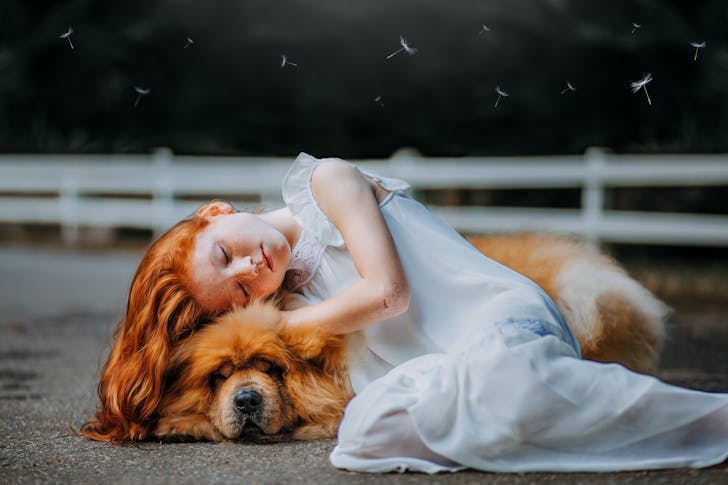You notice it right away: the contrast between size and stillness. In a short TikTok shared by @jocelyn_alyce, a Maine Coon cat sits beside a small boy. The child leans in, the cat doesn't flinch. No swatting, no wide-eyed recoil. Instead, there’s a kind of quiet mirroring—two very different creatures settled in the same moment. The cat towers over the boy, yet nothing about its posture feels overbearing. It’s relaxed, sure of its space, and quietly aware of the small human at its side.
The boy’s hand moves over the cat’s thick ruff—slow, deliberate, the way someone touches something they respect. The Maine Coon meets it with soft nudges and a flick of the ear, more acknowledgment than affection. It’s the kind of interaction that feels earned. Not trained or coaxed, but mutual. These are the moments cat people know to look for—the unscripted ones that happen when no one is performing.
@jocelyn_alycebest friends🩶♬ Bundle of Joy (From "Inside Out") - Piano Version - Clavier & your movie soundtrack
People tend to focus on the Maine Coon’s scale—yes, they’re large, and yes, that’s part of the appeal. But spend time with one, and what stands out isn’t just physical presence—it’s composure. They don’t startle easily. They tolerate clumsy toddler limbs, chaotic energy, the occasional flying sock. But what’s less talked about is how well they read the room. They don’t need to be the center of it; they just stay close, picking up the rhythm and adjusting their own. It's not flashy, but it’s dependable.
You watch the video, and the pattern becomes familiar. When the boy shifts, the cat’s eyes follow. When he quiets down, the cat settles. Not because it’s trained—but because it’s present. This is the kind of behavior that often gets the Maine Coon compared to dogs, but that label misses something. They don’t follow commands or seek constant validation. What they do—especially around kids—is observe and respond. That’s a different kind of intelligence.
Ask any Maine Coon owner, and they’ll tell you: the cat is always nearby, just not in the way. They’ll pad softly down hallways behind their humans, plant themselves just close enough to be part of things, but not so close they’re tripping hazards. It’s an almost comic level of awareness for an animal that could take up half a couch. They don't hover—they anchor. And for kids, that can feel like safety.

Matheus Bertelli / Pexels | Dogs are an ideal choice for households that want more than just a pet—they want a companion.
What made this particular clip go viral wasn’t just the sweetness—it was the simplicity. A kid, a cat, no filters, no staging. Just two beings in sync, doing what they do every day when no one’s filming. This kind of interaction happens in homes with Maine Coons more often than people realize. They aren't rare showpieces; they’re living room fixtures. They also have a way of making themselves essential without demanding attention.
By the final seconds of the video, the cat shifts closer—not urgently, not theatrically, just enough to close the gap. That subtle movement says everything. It is not about loyalty or bonding or any of the romantic terms we project onto animals, but about ease. Being around someone, knowing when to lean in and when to hold still. That’s the kind of companionship you can’t teach. And that’s why the video landed with so many people—it didn’t need to try. It just was.
Let me know if you want a version that brings in more biology (e.g., behavioral genetics of the breed), or owner anecdotes woven into a long-form essay style. This structure is meant to feel like the writing of someone who’s spent years around animals—not just summarizing traits but understanding their rhythms.
